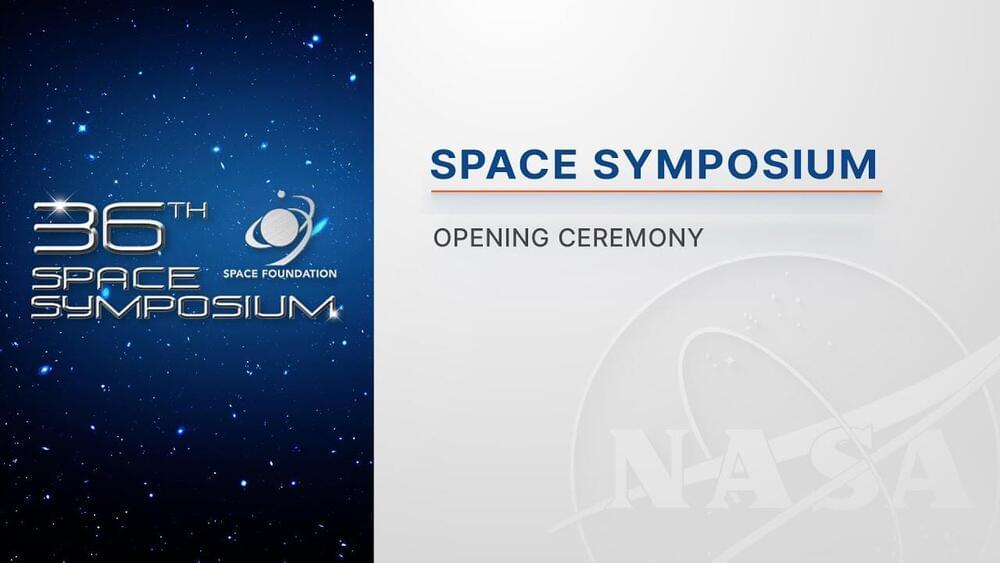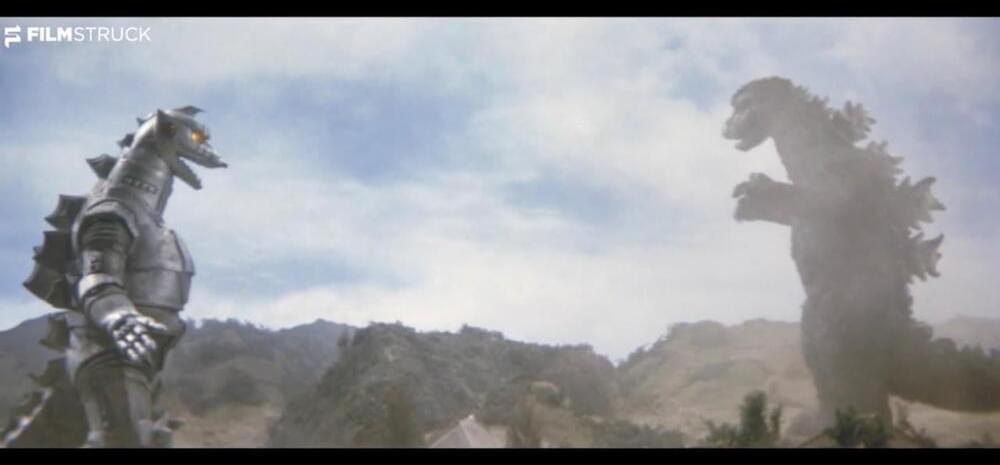The 36th Space Symposium began with an opening ceremony honoring outstanding individuals and organizations in the space community.
Among the honorees, the team behind NASA’s Ingenuity Mars Helicopter received the John L. “Jack” Swigert, Jr. Award for Space Exploration. The annual award recognizes extraordinary accomplishments by a company, space agency, or consortium of organizations in the realm of space exploration and discovery.
Also, Bill Ingalls, a senior contract photographer at NASA received the 2021 Douglas S. Morrow Public Outreach Award. For over three decades Ingalls has been capturing NASA’s most spectacular moments through his camera lens. His iconic photos have captured Neil Armstrong’s burial at sea, Space Shuttle Endeavor’s final landing in 2,011 and the first launch of a US citizen on a Russian rocket.
The Space Symposium brings together space leaders from around the world to discuss, address and plan for the future of space. It runs from Aug. 23 to 26 in Colorado Springs, Colorado.
Contents:
0:00 Introduction.
9:40 2020 Awardees.
12:31 Alan Shepard Technology in Education Award.
17:21 John L. “Jack” Swigert, Jr. Award for Space Exploration.
20:49 Douglas S. Morrow Public Outreach Award.
24:39 Space Achievement Award.
29:26 Blake Bullock, Vice President of Security Space Northrop Grumman.
35:45 General James E. Hill Lifetime Space Achievement Award.









